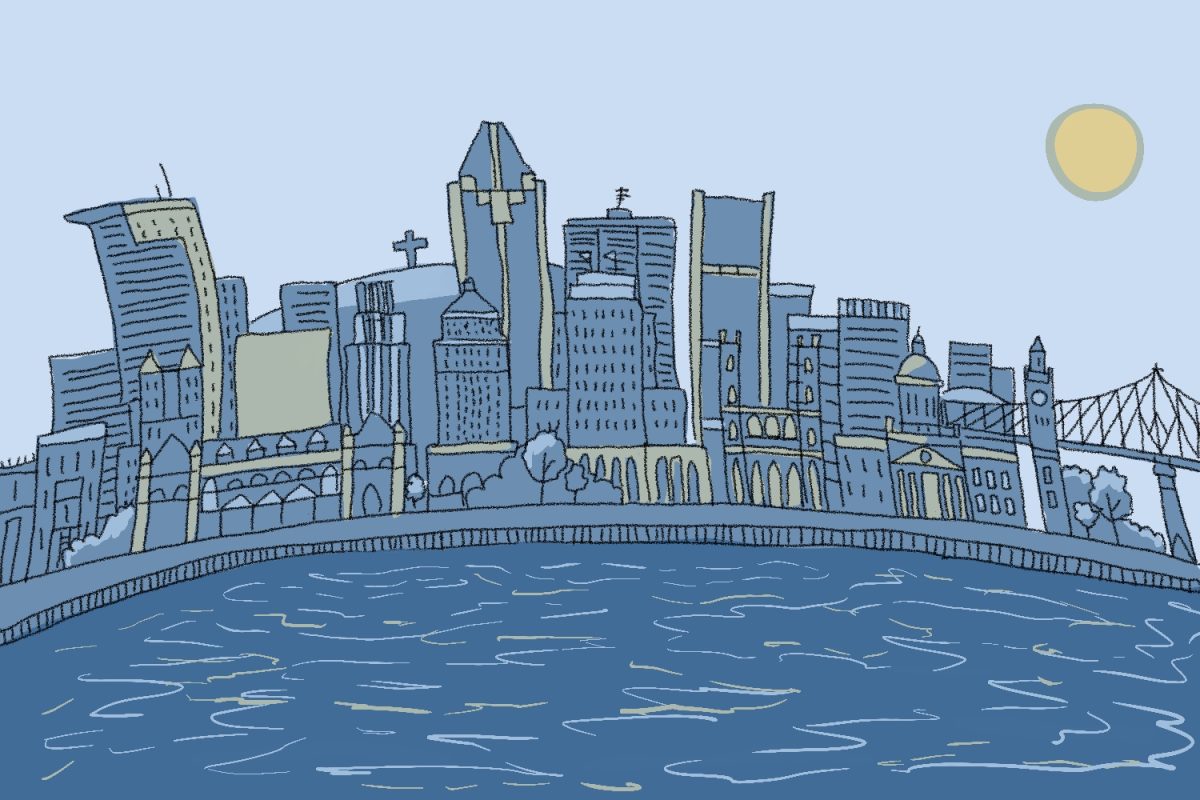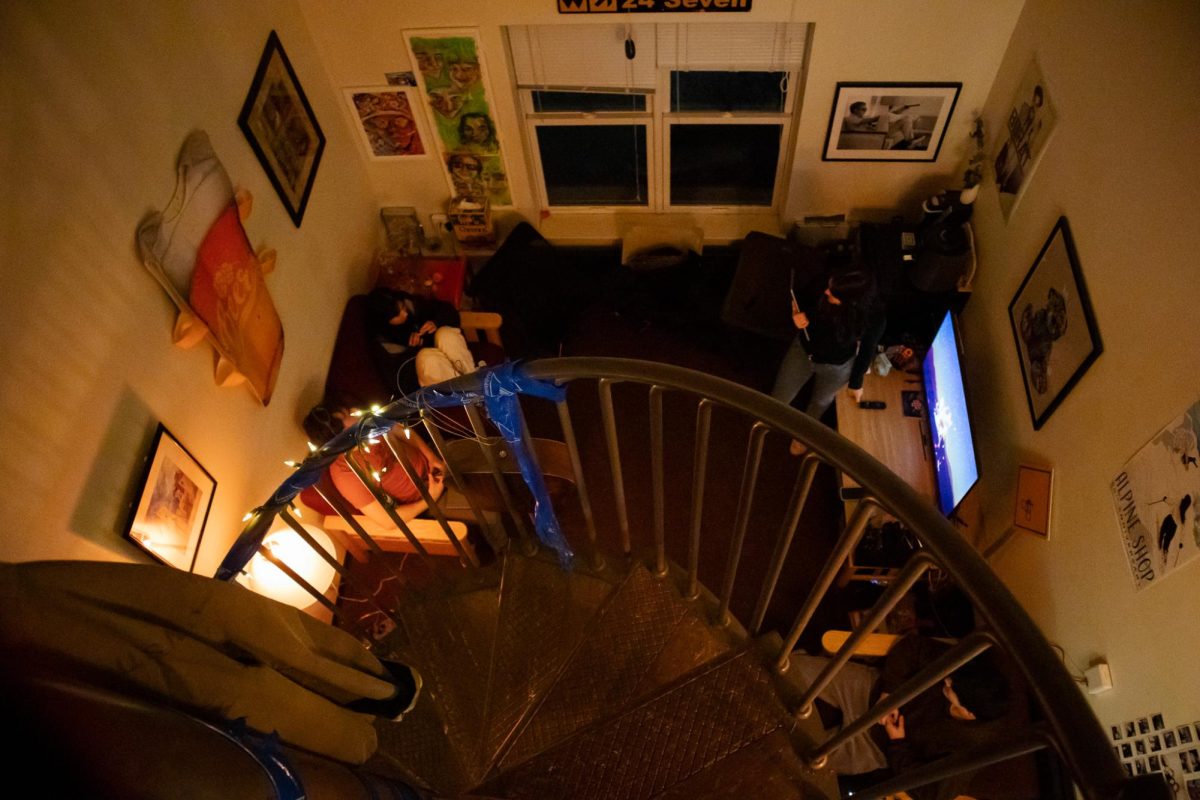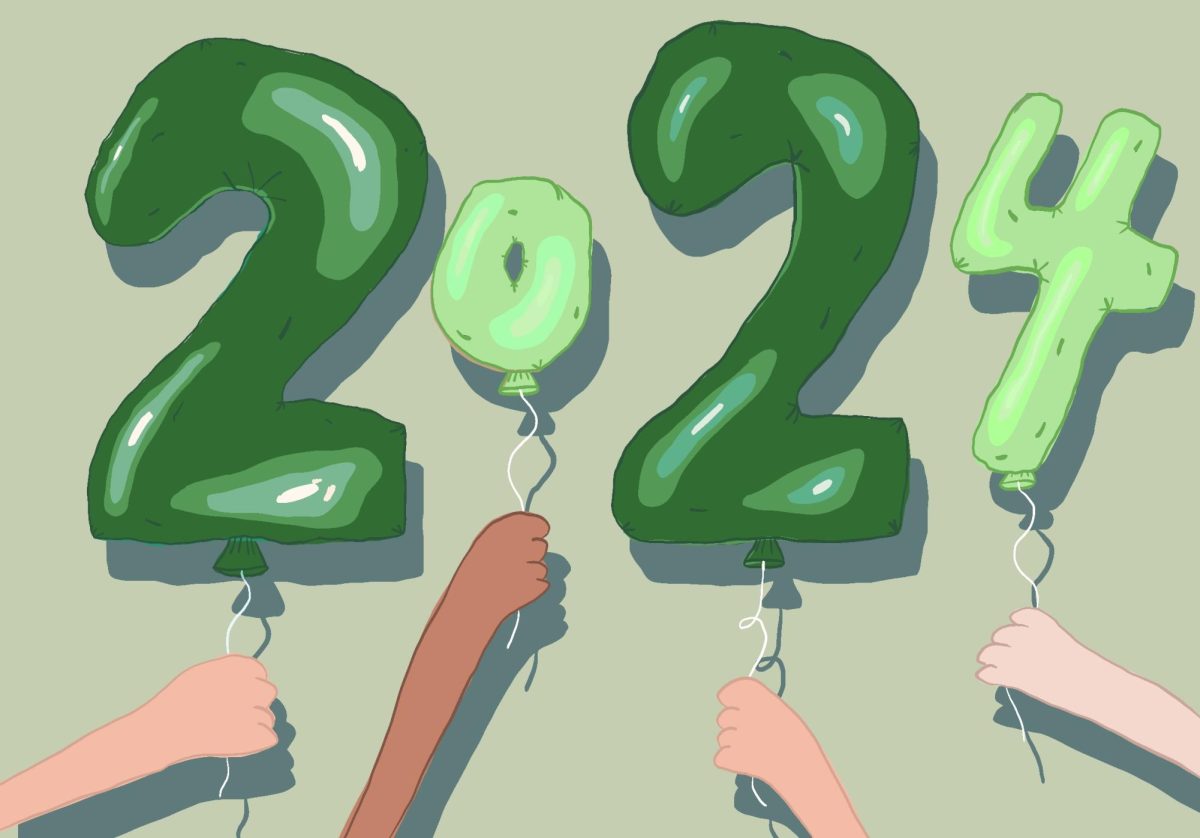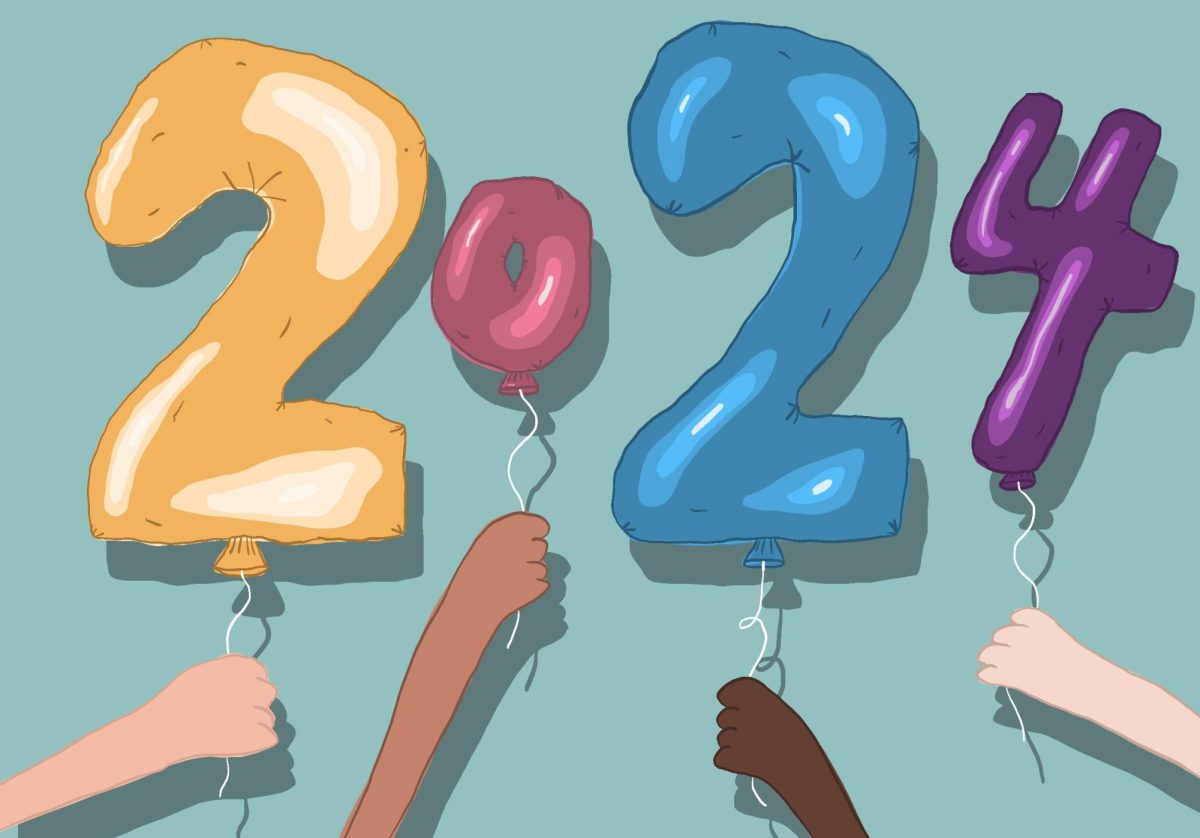Wall Street is in an unprecedented crisis. We now have a long list of casualties: Bear Sterns, Fannie Mae, Freddie Mac, Lehman Brothers, AIG, Merrill Lynch and WaMu.
The surviving ones – e.g., Morgan Stanley and Goldman Sachs – were also under massive pressure and gave up their once profitable investment bank status.
As if this is not enough, the U.S. government is considering another bailout that would take bad assets out of Wall Street firms’ balance sheets.
The potential total price tag for these bailouts amounts to $1 trillion. Given the U.S. population of 301 million, each U.S. citizen is responsible for these rescues in the amount of $3,322.
We are, of course, furious.
Why would this happen?
There are many reasons as to why we have the current financial crisis. Among them, the foremost reason is that some bankers are simply reckless. These bankers take excess risk in at least three ways: Using extremely high financial leverage, as measured by high debt-to-equity ratios, using short-term debt to finance long-term investments and lastly investing too much in high-risk investments.
To be brief, I will only discuss the risk associated with the use of high financial leverage.
The debt-to-equity ratio of a typical investment bank was 20 in 1998, whereas this ratio is 30 today. This means that, other things being equal, investment banks have been increasing their risk profiles by 50 percent during the last decade.
They did so with an attempt to earn higher returns during good times.
When most times they succeeded, their executives were naturally compensated.
But, as one should know, there is no free lunch. Greater risk profiles means that the losses during bad times would be greater. To see this, recall that when today a typical investment bank has $1 on its book as equity, it uses the $1 as a basis to raise debt in the amount of around $30.
The bank then uses the combined $31 to invest on a variety of investments. Suppose the bank makes bad bets on its investments and loses a seemingly moderate 3.23 percent on the $31 investment – a loss of $1.
The immediate consequences are that the entire equity of shareholders would be wiped out, that the confidence on the solvency of the bank would be shaken and that the bank could fail.
How about housing crisis?
Many people blame the current financial crisis to the collapse of housing and mortgage markets. I think this view is not particularly useful or necessarily true.
Yes, median house prices did drop substantially and quickly. At the center of the storm, a median house in Los Angeles has lost about 26 percent of its value over the last year. But this is hardly a record.
A median house in Los Angeles had lost 27 percent of its value during the previous housing recession in the early ’90s. But we did not see a similar financial meltdown during the previous housing recession or before.
In terms of mortgage default and foreclosure rates, we are experiencing many defaults and foreclosures. However, an increase in defaults and foreclosures is largely anticipated.
The default and foreclosure rates have trended up over the last 50 years.
One possible explanation for this upward trend is the incidence of shocks to our lifestyles.
For example, an increasingly higher divorce rate attributes to an increasingly higher mortgage default and foreclosure rate.
Furthermore, even if banks did not make housing-related investments, e.g., mortgage-back securities, they would be likely to invest in other risky investments and eventually get burned anyway.
To rescue, or not to rescue
One might wonder why the government needs to rescue Wall Street banks, while many of us desperately need financial rescue, but are left alone.
The reason for a Wall Street rescue, but not a Main Street rescue, is that Wall Street has a direct and significant impact on the environment of Main Street.
One can think of the economy as an engine which requires lubricant. In this case, lubricant is credit.
The current financial crisis is a symptom of oil leakage in the sense that banks now have trouble providing credit to the retail sector; e.g., McDonald’s restaurants, GM, our local small firms, your family, etc.
To make the engine and the economy keep going, the only way now is to externally inject oil into the engine and to make capital flow again. There are a variety of ways to make capital flowing.
The government appears to take on the approach of buying bad assets from banks.
This approach has potential to reach two goals: (1) improve the credit worthiness of banks once the bad assets are removed from balance sheets, and (2) allow banks to use the proceeds from selling assets to create credit.
The alternative to bailout is inaction, which is unacceptable. For one thing, if capital and credit are indeed frozen, we are talking about a severe recession scenario in which both Wall Street and Main Street suffer.
It is well known that the Great Depression in the ’30s was characterized by a lack of credit.
The implications for college students
A severe recession introduces discontinuity in labor markets, particularly in the labor market of new college graduates. Firms tend not to hire new employees when they have difficulties selling their products and services in a recession.
Thus, the implications of the current financial crisis on college students are far greater than on those who already have a job.
For this, college students, as a group, may want to ensure that the government is doing all the right things to mitigate the downside of the crisis.
Having said this, we are all screwed. We all have a price tag of $3,322 on our forehead. We can only hope that the bailout is done right. That is, do it quick, pay right prices for banks’ bad assets, and hope that things will go back to somewhat normal.
















